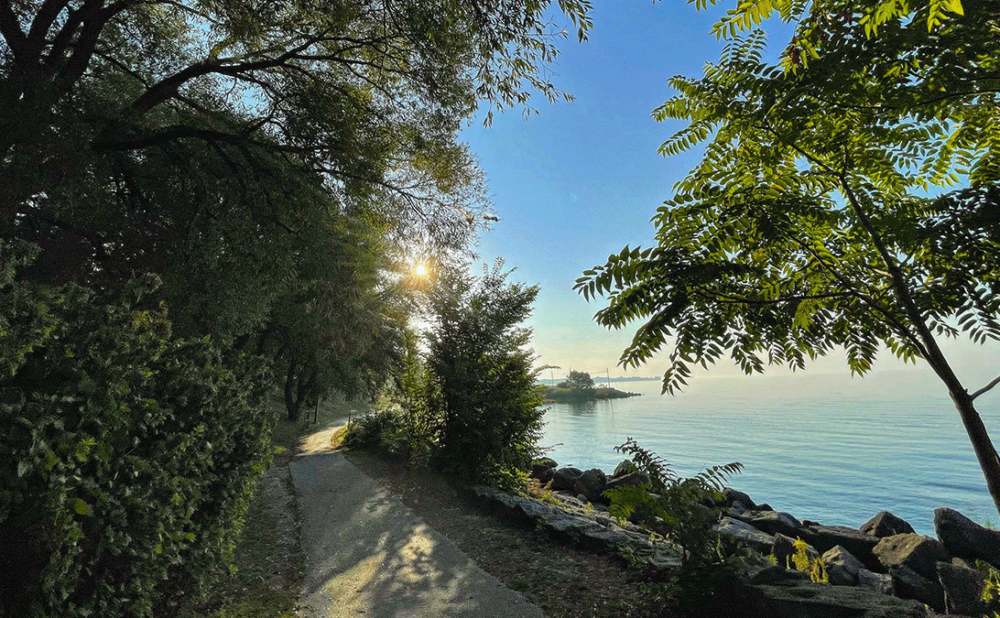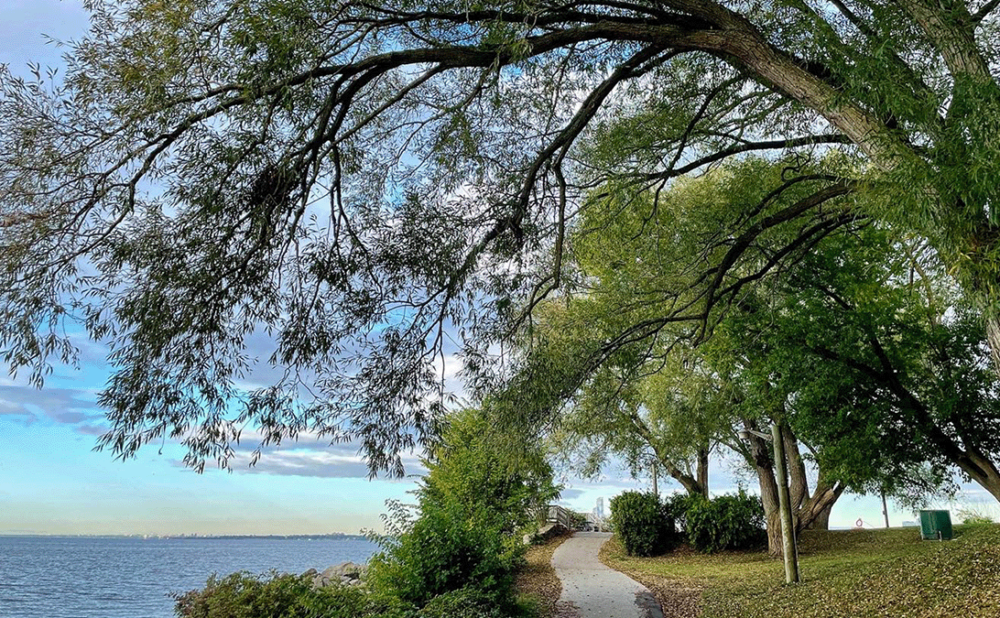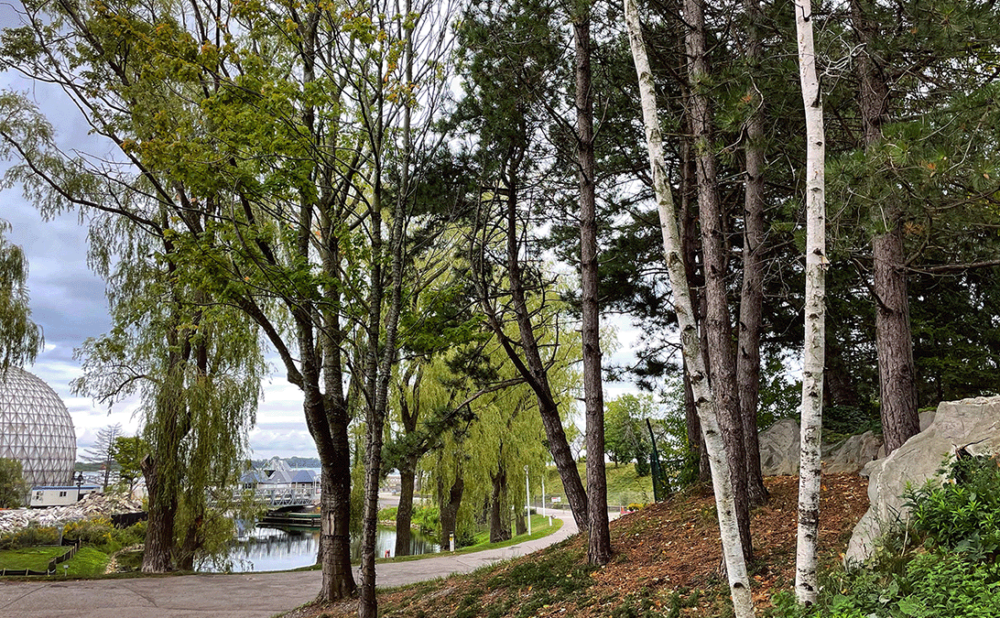Your Toolkit for Saving Two Toronto Treasures
How you can save Ontario Place and the Science Centre
Since taking office, Mayor Chow has made a string of announcements showcasing the change in priorities at City Hall — from reversing service cuts to the TTC to working out a deal to save Artscape, the non-profit provider of affordable spaces for artists — which offer reasons to believe Toronto is finally turning the page on over a decade of conservative mismanagement, privatization and cutbacks.
But while City Hall may be under new management, it’s status quo at Queen’s Park. Though Premier Doug Ford may no longer have an ally like previous mayor John Tory to help him, he is pushing ahead with his own agenda for Toronto — one that threatens the future of two of the city’s most iconic public spaces.
Ford’s plans include building a stadium-sized mega-spa at Ontario Place and demolishing the Science Centre — plans that have been criticized by experts and city staff alike. Grassroots community groups Ontario Place for All and Save Ontario’s Science Centre have quickly sprung up to push back against these plans, and Mayor Chow recently urged the Premier to respect the wishes of Toronto residents. But City Hall can’t stop these changes alone — at least, not without support from ordinary Torontonians piling on the pressure to change course.
(That means you.)
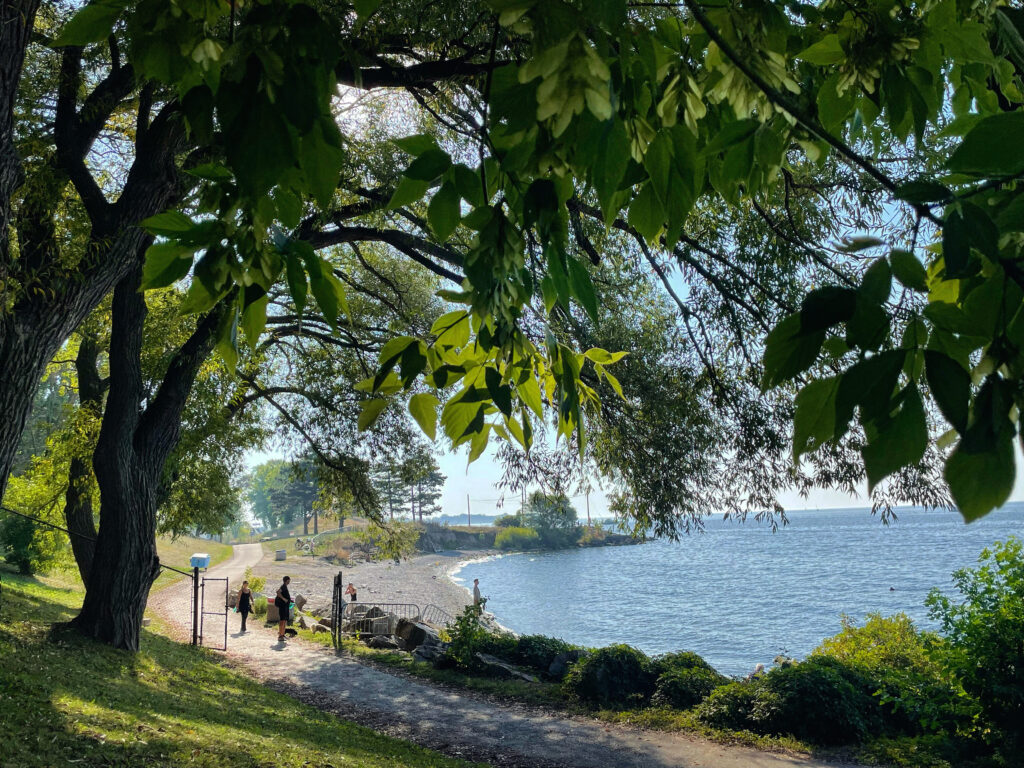
West Island, Ontario Place
WHAT’S AT STAKE AT ONTARIO PLACE?
- Over 800 carbon-eating trees on the West Island in a beautiful setting along Toronto’s downtown waterfront, with a clean pebble beach, walking trails, and a quiet place to sit by the lake and relax, all available freely and year-round for people who don’t have a cottage outside the city to escape to (unlike the Premier).
- A natural spot for local wildlife, including beavers, mink, migrating birds and others who call Toronto home.
- $400 million of money you paid in taxes to pay for a five-level underground parking garage for 2,000 more cars being driven into downtown, bringing with them more noise, congestion and carbon emissions.
- Selling off public space that belongs to you to a private, Austrian spa company for nearly a century, as part of a secretive, behind-closed-doors deal made by your provincial government which you had no say in.
So, what’s the big deal? Why are these spaces worth saving?
As Ontario Place for All Co-Chair Norm Di Pasquale puts it, Ford’s provincial government seems to believe “nothing is worth saving” for future generations. Yet, for his organization and its counterpart, keeping these spaces in the public domain is something worth fighting for.
If ordinary Torontonians don’t push back now against Ford’s plans for Ontario Place, the city might lose what Di Pasquale calls a public “gem on the waterfront” — and not just for today, but “for generations.”
“This is the 407 all over again,” says Di Pasquale about the shady, 95-year lease Ford’s government signed in secret with Austrian spa company Therme, invoking the memory of the controversial 99-year lease agreement signed by Mike Harris’s Conservatives in the 1990s to privatize a new highway outside of Toronto. In 2018, tolls collected from drivers on the 407 made over a billion dollars in revenue — money that didn’t go towards funding public services but into the bank accounts of its Spanish, for-profit, private owners.
Ontario Place is an iconic architectural achievement. Designed by German-Canadian architect Eb Zeidler (who also designed the Eaton Centre and who died in 2022), its triodetic dome Cinesphere and diamond-shaped exhibit pods suspended over Lake Ontario attracted international acclaim and awards when it opened in 1971.
Already feeling the heat from mounting public pressure, Therme recently released an amended plan for its mega-spa it claims incorporates community feedback.
Di Pasquale says the amendments don’t change the fact that the plans for Ontario Place are still “fundamentally flawed.” For example, the plan still includes cutting down “every single tree and piece of vegetation on the West Island,” says Di Pasquale, an assertion seemingly confirmed by Ontario Minister of Infrastructure Kinga Surma’s own recent admission that revised plans “include the removal of a significant amount of trees and vegetation across the site”. “That’s over 800 50-year-old trees,” says Di Pasquale.
Also, the public is still on the hook for the cost of redeveloping the space, as Ontario taxpayers will be forking over upwards of $400 million to build a five-level underground parking garage for nearly 2,000 vehicles — something that city staff pointed out defies city and provincial policy to encourage use of mass transit and will contribute to adding more cars, congestion and carbon emissions downtown.
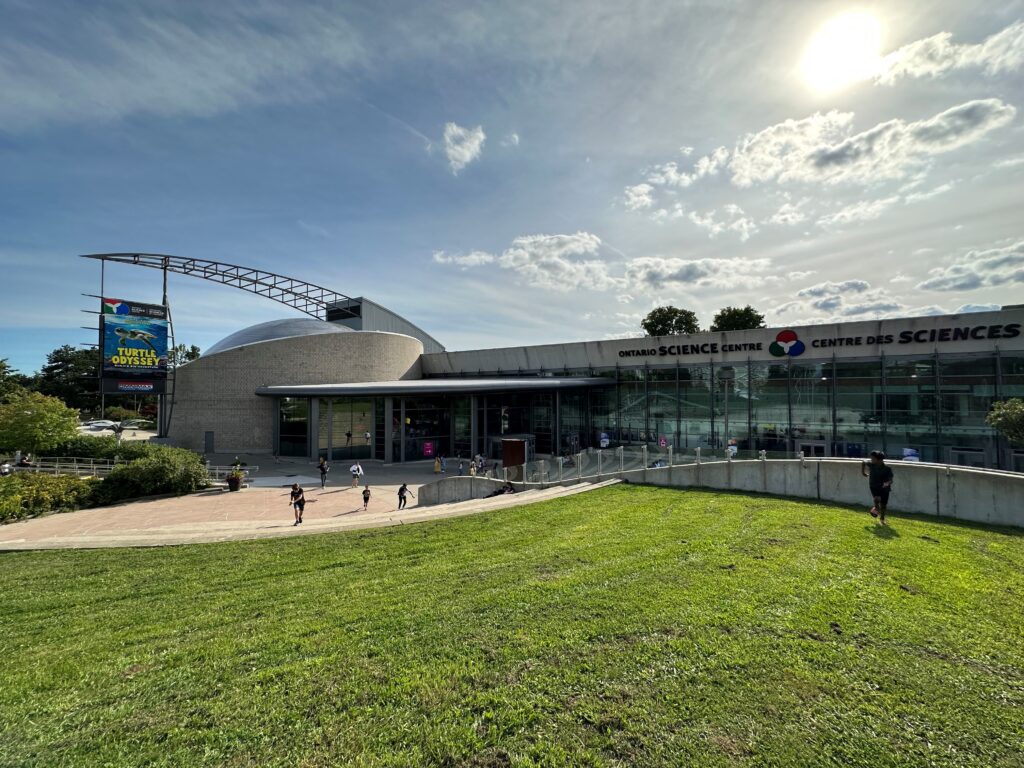
Ontario Science Centre
WHAT’S AT STAKE AT THE SCIENCE CENTRE?
- A world-renowned hub of scientific education and learning that has been inspiring young minds to dream about a career in STEM for generations.
- An architectural gem designed by a famous and internationally acclaimed Canadian architect, nestled in a beautiful spot along the Don Valley.
- A critical resource for scientific educators and popularizers, here in Ontario and around the world, that produces exhibits for other science centres and educational hubs, all made right here in Toronto.
Knowing we’ll need brilliant scientific minds more than ever to mitigate and adapt to the disastrous effects of runaway climate change, Premier Ford wants to demolish a hub of scientific learning. “The Science Centre is a unique educational treasure for the entire province,” says Jason Ash of Save Ontario’s Science Centre. “It has educated and inspired generations” to pursue careers in STEM and to become innovators.
While it’s certainly noticeable that the Science Centre has been neglected by successive Liberal and Conservative provincial governments, it is still in “fundamentally good shape,” says Ash. In fact, the Science Centre is “a world leader” in the type of programming it does. “What many people do not know is that the Science Centre staff actually build exhibits for other science centres around the world. If you go to California, if you go to Japan, some of the best quality exhibits have been conceived and constructed right here in Ontario, and that is very much at risk.”
When internationally renowned Canadian architect Raymond Moriyama designed the building in the 1960s, it was “designed to last 250 years, but — like any building at 50 — it still needs some reinvestment,” says Ash, something the provincial government is “more than capable of.”
Moriyama died earlier this month, an occasion which prompted many on social media to comment on the precarious fate of the Science Centre and its importance to his legacy. His firm, Moriyama & Teshima Architects, commented on Ford’s plans for the Science Centre for CanadianArchitect.com in June, noting that the Science Centre was designed by Moriyama to be for a “institution of international significance” and that “the purpose of the Science Centre is inseparable from the site it currently inhabits.”
The Centre is also a huge source of pride, employment and education in the local, underserved communities of Flemingdon Park and Thorncliffe Park.
WHAT CAN I DO TO HELP?
- Visit OntarioPlaceForAll.com and SaveScienceCentre.com to sign petitions, volunteer, donate, and sign up for e-newsletters
- Follow Ontario Place for All (Instagram, Twitter) and Save Ontario’s Science Centre (Instagram, Twitter) on social media for the latest updates
- Tell five people you know about Premier Ford’s destructive plans for these two iconic Toronto landmarks
- Write to your City Councillor, your MPP, and your MP
- Visit Ontario Place and the Science Centre this fall with family and friends
When asked what ordinary folks can do to help in the fight to save these spaces, Di Pasquale says, “David Crombie told me something very powerful: ‘Talk to five people about the issue’.” He says he followed that advice, and “next thing I knew, I was talking to 500 people” about it.
Among the people to whom you should be reaching out are your elected representatives, including your city councillor, MPP and MP. Ontario Place for All is asking the federal government to intervene by using the Impact Assessment Act to review the province’s plans for the waterfront — something worth mentioning when you talk to your MP.
Di Pasquale recommends visiting the Ontario Place For All website and clicking on the “Take Action” button. “There’s petitions you can sign” and “get your friends and family to sign.” You can also find pre-written templates for letters to send to your elected representatives and other key decision-makers.
There’s already reason to believe that keeping up the public pressure is working. The Toronto International Film Festival (TIFF) recently said it would be “pausing” its partnership with Therme in response to public opposition to its plans for Ontario Place.
Ash, meanwhile, says the “very first step, I would say, is join our mailing list” at SaveScienceCentre.com.
Both mention the “Better Idea” proposal they’ve jointly put forward, which highlights the role the new Ontario Line subway will play in linking the two attractions from end to end, encouraging people to leave their cars at home and take transit.
The Ontario Place for All website includes a quote from another premier, William G. Davis: “Ontario Place is and was a Crown Corporation so as to serve the public of Ontario – those living in the GTA and visiting from away. It would be a shame and a disservice if commercial gain replaced the public interest on the present site of Ontario Place.”
For Di Pasquale and Ash, the fight to save the soul of a city continues in this battle over the future of two iconic Toronto landmarks.

